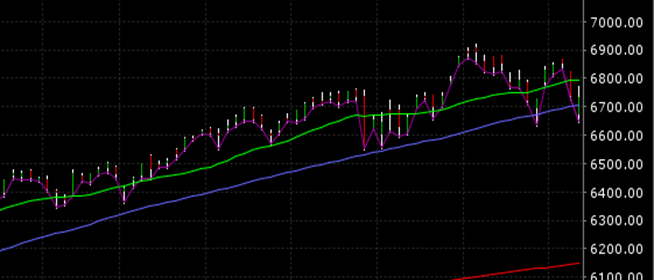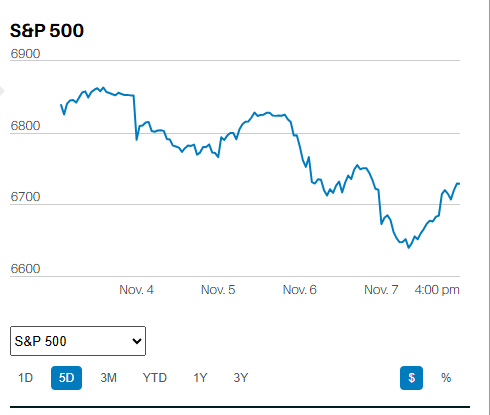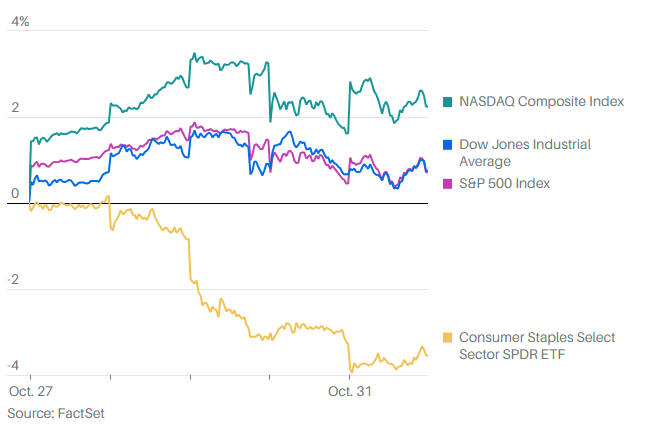a superior tax strategy for business owners
CASH BALANCE PLANS ALLOW CONTRIBUTIONS of UP TO $433,500 PRE-TAX
Who is an ideal candidate?
Any highly compensated individual who desires to contribute more than $61,000 ($67,500 with catch-up) to their 401(k) accounts. Contribution limits are based on the age of the business owner.
Dentists, lawyers, medical professionals, accountants, or closely held family businesses are excellent candidates. Cash Balance Plans work well for both large and small businesses.
WHAT IS A CASH BALANCE PLAN?
A Cash Balance Plan is a type of IRS-qualified retirement plan. Cash Balance Plans are known as “hybrid” plans. They're called "hybrid" plans because even though they're defined benefit plans, they allow participants to roll their money into an IRA when they leave or retire. Assets are creditor protected and portable.
Many professionals and entrepreneurs neglect their personal retirement savings while they’re building their practice or company. They often need to catch-up on years of missed savings opportunities. Adding a Cash Balance Plan allows them to rapidly accelerate savings with pre-tax contributions resulting in tens of thousands of dollars in tax savings annually.
recent blog posts





